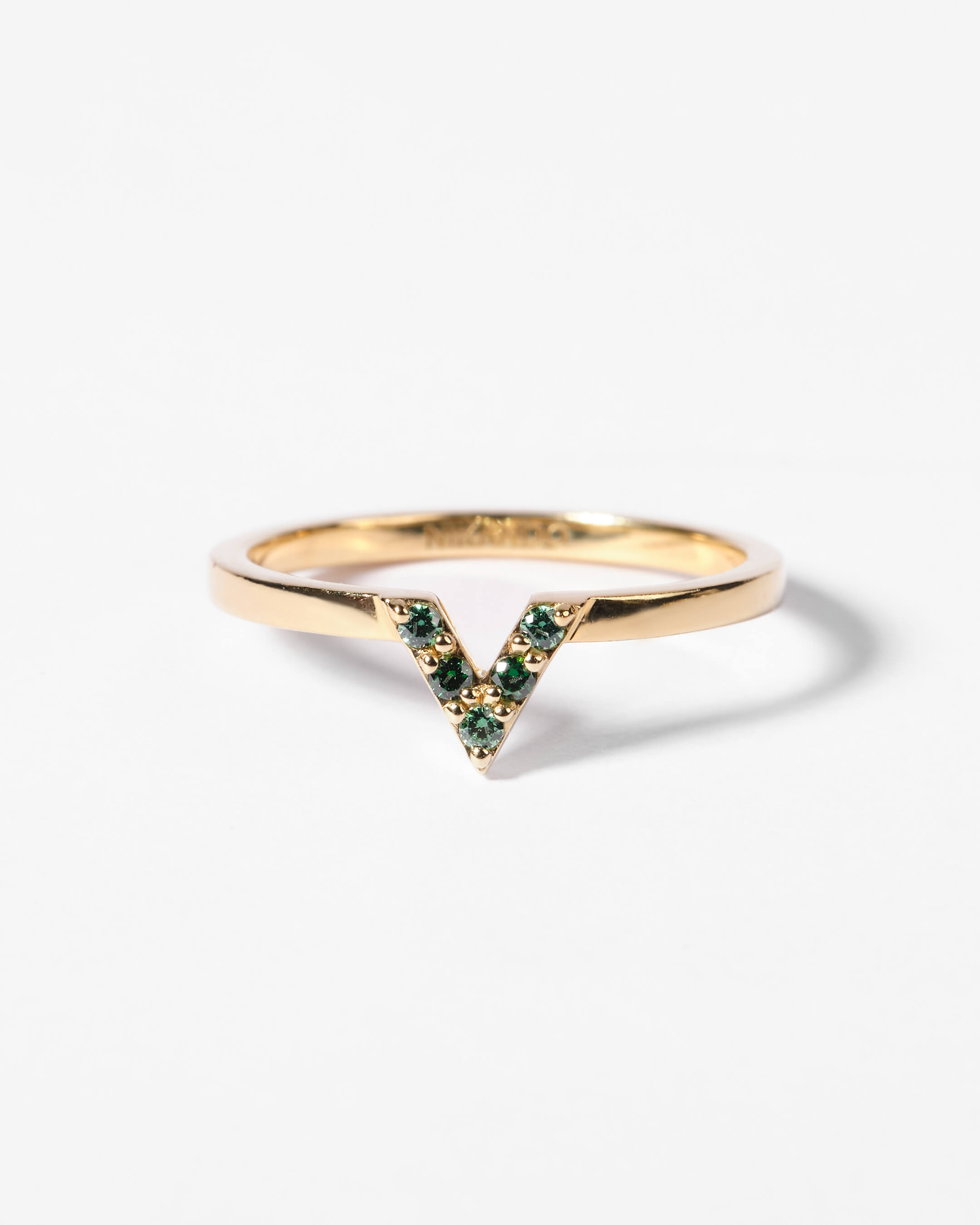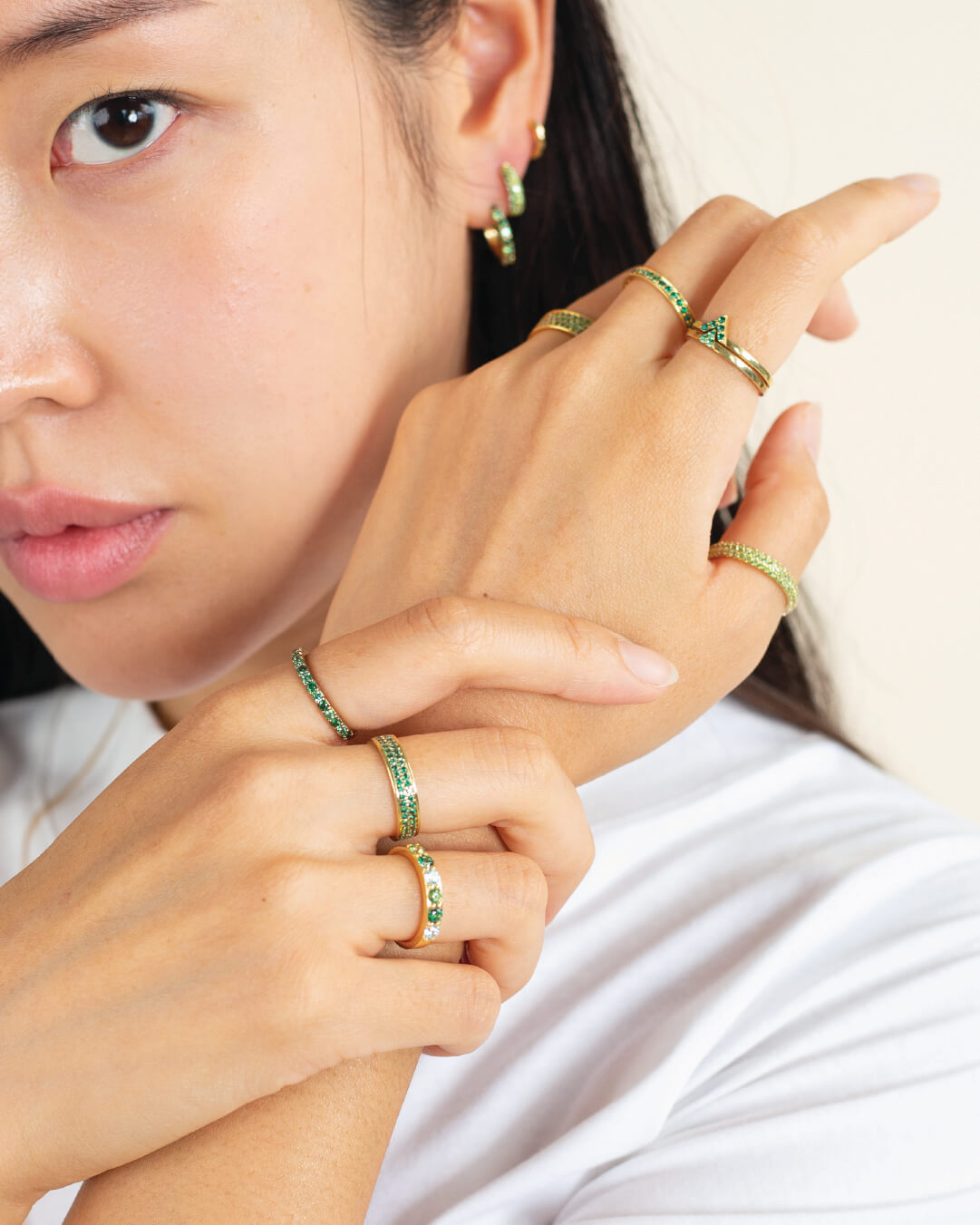



Ring 005
€80.00
Product Information
No categories found for the current store view.
Special Price
€56.00
Regular Price
€80.00
Ring with 5 stones set in a V-shape, which gives a triangle. Fits Ring 004.
This design arrives before Mothers Day (11-05-24) - get it latest 05-05-24








Configure Ring 005
-
-
-
-
-
-
-
-
-
-
-
-
-
-
-
-
-
-
-
+€10.00
-
-
-
-
OR



